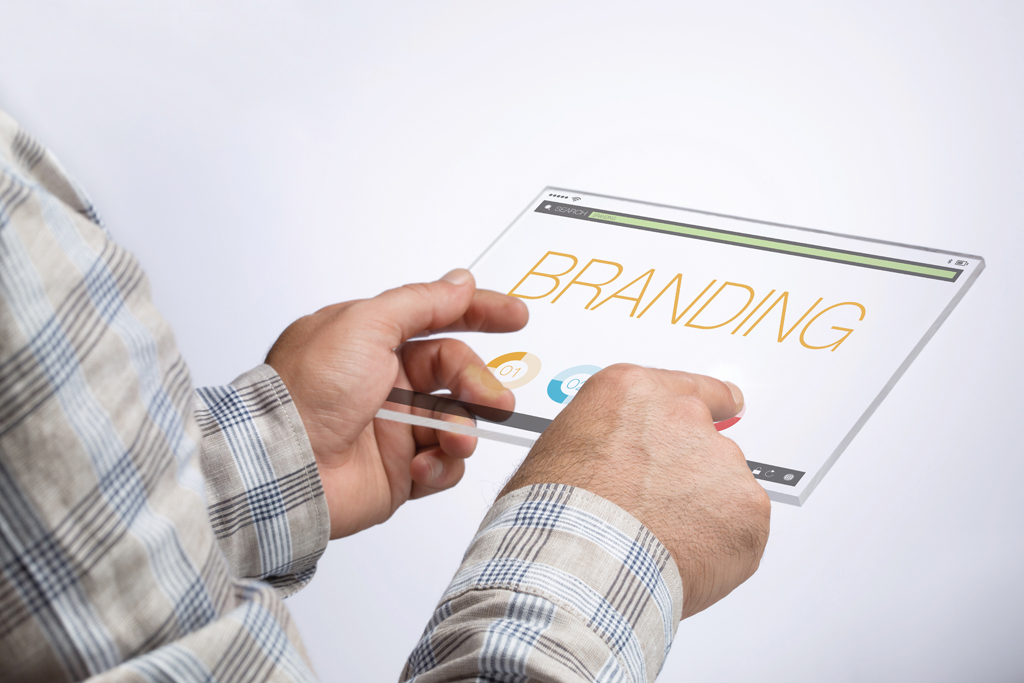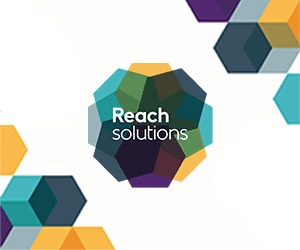 Technology has evolved at a whirlwind pace, changing forever the way we do business in just 20 years. As the momentum gathers, more and more everyday objects have network connectivity that allows them to send and receive data – more often known as the Internet of Things (IoT), writes John Ring.
Technology has evolved at a whirlwind pace, changing forever the way we do business in just 20 years. As the momentum gathers, more and more everyday objects have network connectivity that allows them to send and receive data – more often known as the Internet of Things (IoT), writes John Ring.
We are now connected non-stop, not just via our tablets and phones, but by an increasing array of ordinary objects. These tend to be things that, just a few short years ago, we would not have considered connecting to the Internet. Everything from central heating systems to washing machines can now be controlled remotely.
Wearing a fitness tracker to keep tabs on your exercise regime has been commonplace for some time now, but the IoT takes this to the next level. Instead of simply monitoring your activity, biometric data from your tracking device can communicate in real time, suggesting strategies for improvement. In healthcare, a tracker can be used post-surgery to relay healing progress to medical professionals in real time, and even suggest ways to expedite healing.
This connection between data, the Internet and everyday objects is transforming lives. Smartphone penetration is now at 86% in Ireland and more than 50% globally. This has been accompanied by a corresponding growth in apps and gadgets capable of tracking and recording all activities and area of our lives. From fitness and wellbeing, to home management and security, individuals now have more control over practical aspects of their lives than ever before.
The Internet of Things could not progress without adequate internet coverage, and it is only in the last few years the Government has committed to the investment required, although black spots still exist in rural Ireland. Despite delays, the national broadband plan – announced in 2014 – should see all Irish business premises having access to broadband by 2022, opening up even more IoT possibilities.
Businesses too are driving this. According to the head of IoT at Vodafone Ireland, Lauren Morris, Vodafone has 1,400 employees working on IoT infrastructure globally. She believes it’s important that companies work closely with industry and academics to help get the entire country in line to exploit IoT. She points to the €500m invested by Vodafone, claiming 4G coverage in 90% of the country.
The Internet of Things has given us a world where almost any device can share data via the Internet. More than 20 billion things worldwide will be connected by 2020. The International Data Corporation (IDC) predicts that digital transformation will be a key strategy for 67% of the Global 2000 by 2018. It also estimates that during 2017, more than 50% of IT budgets will be spent on new technologies.
Such technologies are being used by Irish companies to improve lives. Fleetmatics, with its fleet management software and Sound Bounce, which provides hearing protection for industrial-type headsets, may be very different companies with different markets, but they both apply the IoT to everyday lives.
The opportunities for manufacturers and brands have expanded exponentially as a result of all this connectedness. These devices produce huge volumes of data, and this data is powerful. It can be used to identify patterns and predict future trends. It tells us about the people using the technology and the way they use it. It reveals who they are, what they like and dislike, how they live, and what matters to them.
The greater the level of connection, the more data the individual generates and the more they reveal about themselves. Having access to this information allows brands a degree of personalisation that they could only have dreamt of in the past, and lets them provide a more relevant experience for people. If a brand knows what you are doing, it can accurately predict what you need to know or want to buy. This is a growth area, as brands compete to offer the most personalised, useful adverts to consumers at the best time.
The challenge brands will face in the coming years is striking the right balance. The IoT makes it possible to position themselves within a person’s life, constantly offering information, products and services to enhance that life. This is a good thing as it allows them to add value while establishing customer loyalty. The difficulty arises when brands become obtrusive and take a position that is too prominent. This creates an image of the company that is the very opposite of the one they aim to project. Brands must tread carefully, as people do not want them pushing their way into every aspect of their lives. Best practice must be defined, and clear rules of engagement established so they can add value without becoming overbearingly omni-present.
One of the most effective ways we will see brands doing more of this is by focusing on the customer experience. IoT has the potential to reward both brands and consumers.
Brands can use the IoT to achieve goals, such as, brand awareness, insight, contextual relevance, satisfaction, efficiency, loyalty, innovation, and conversion. For the consumer, the benefits are attractive. Getting the products and services they need, when they need them, makes life easier. Brands can achieve using data. By monitoring data from sensor-based touch points offline, that they can harvest insights that bridge the gap between online behaviour and what happens in the real world.
The more consumers are inspired to do in their interactions with brands, the more closely the consumer and brand goals will align. Achieving this isn’t easy and requires ongoing conversation between both parties. Brands must continue to serve consumers by prioritising value. If they provide value, consumer will continue to trust them. Obviously, the consumer is entrusting the brand with personal information, which raises privacy issues. Brands must maintain transparency on what data they are collecting, how it is stored, and how it is used. A breach of trust at this point will result in a catastrophic loss of trust in the brand. The consumer needs to be in control of how their privacy is managed, even if that means educating them about privacy management.
If such privacy concerns are adequately addressed, brands have an opportunity to benefit from the exponential growth of the IoT and the flood of data it entails. It will allow them to guide consumers in making the right decisions by providing them with valuable information when they need it. This will draw the brand ever closer to fulfilling the marketing dream of delivering the right message at the most convenient time, on the most appropriate platform, and in the right place.
John Ring is managing director of Tinderpoint.
First published in Irish Marketing Journal (IMJ May 2017)© to order back issues please call 016611660
























